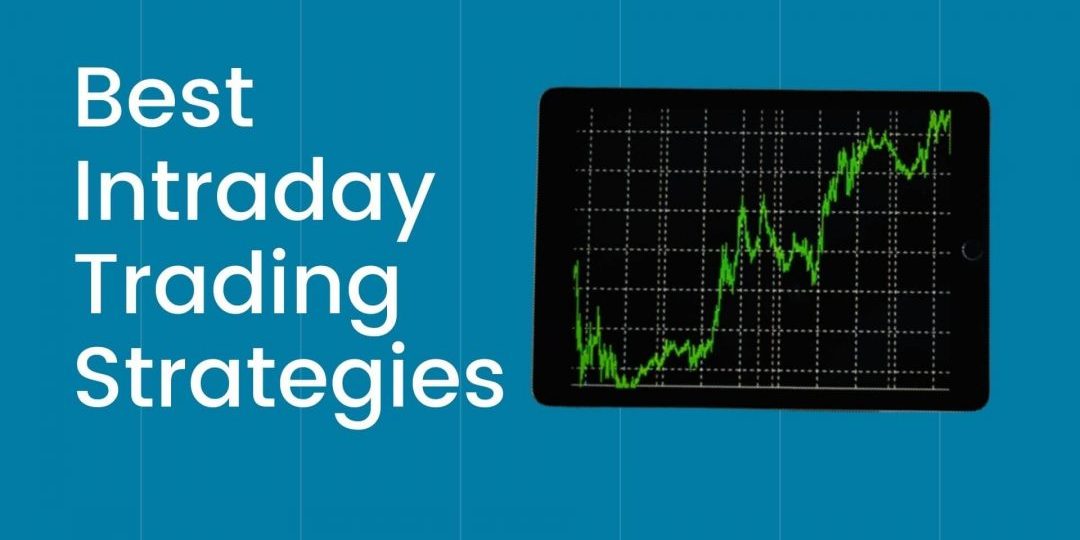Intraday trading, also known as day trading, is a fast-paced approach to trading in which positions are opened and closed within a single trading day. It requires traders to make quick decisions and capitalize on short-term price movements. To succeed in this dynamic environment, traders need effective intraday trading strategies that help them navigate the volatility and maximize profits. In this post, we will explore some proven intraday trading strategies that can enhance your trading performance and increase your chances of success.
Scalping Strategy :
Scalping is a popular intraday trading strategy that involves making multiple trades throughout the day and booking small profits. Traders using this strategy aim to profit from short-term fluctuations in the market. Scalpers typically enter and exit trades within minutes or even seconds, targeting small profits on each trade but relying on high trading volumes to accumulate substantial gains. This strategy requires keen observation of technical indicators, such as moving averages, support and resistance levels, and volume patterns. By setting tight stop-loss orders and having disciplined risk management, scalpers can minimize losses and optimize their profits.
Breakout Strategy :
The breakout strategy focuses on identifying key price levels, such as support and resistance levels, and entering trades when the price breaks out of these levels. Breakouts can occur after a period of consolidation or when a significant news event triggers increased volatility. Traders using this strategy aim to capture the initial momentum of the breakout and ride the price movement for a quick profit. It is crucial to confirm breakouts with other technical indicators, such as volume and trend lines, to avoid false breakouts. Proper risk management, including setting stop-loss orders, is essential when employing the breakout strategy.
Momentum Strategy :
The momentum strategy involves trading based on the strength and persistence of a price trend. Traders using this strategy look for stocks or other assets that are exhibiting strong upward or downward momentum. They enter trades in the direction of the prevailing trend and aim to capture profits as the trend continues. Technical indicators, such as the Relative Strength Index (RSI) and Moving Average Convergence Divergence (MACD), can help identify overbought or oversold conditions and potential trend reversals. Risk management is crucial in the momentum strategy, as traders need to be cautious of potential trend exhaustion and sudden reversals.
Range Trading Strategy :
Range trading is a strategy employed when the price of an asset is trading within a well-defined range between support and resistance levels. Traders using this strategy aim to identify areas where the price tends to reverse and enter trades accordingly. They buy near support levels and sell near resistance levels, profiting from the price movements within the range. Range trading requires patience and discipline, as traders need to wait for clear indications of a reversal before entering a trade. Setting appropriate stop-loss orders and closely monitoring the price action are vital to manage risk effectively.
Conclusion :
Intraday trading can be highly rewarding for traders who employ effective strategies suited to the fast-paced nature of the market. Scalping, breakout, momentum, and range trading are just a few strategies that traders can utilize to enhance their intraday trading performance. However, it is important to remember that no strategy guarantees success, and traders should practice proper risk management and continuously adapt to changing market conditions. By combining sound strategies with discipline, patience, and continuous learning, traders can increase their chances of success in the challenging world of intraday trading.




